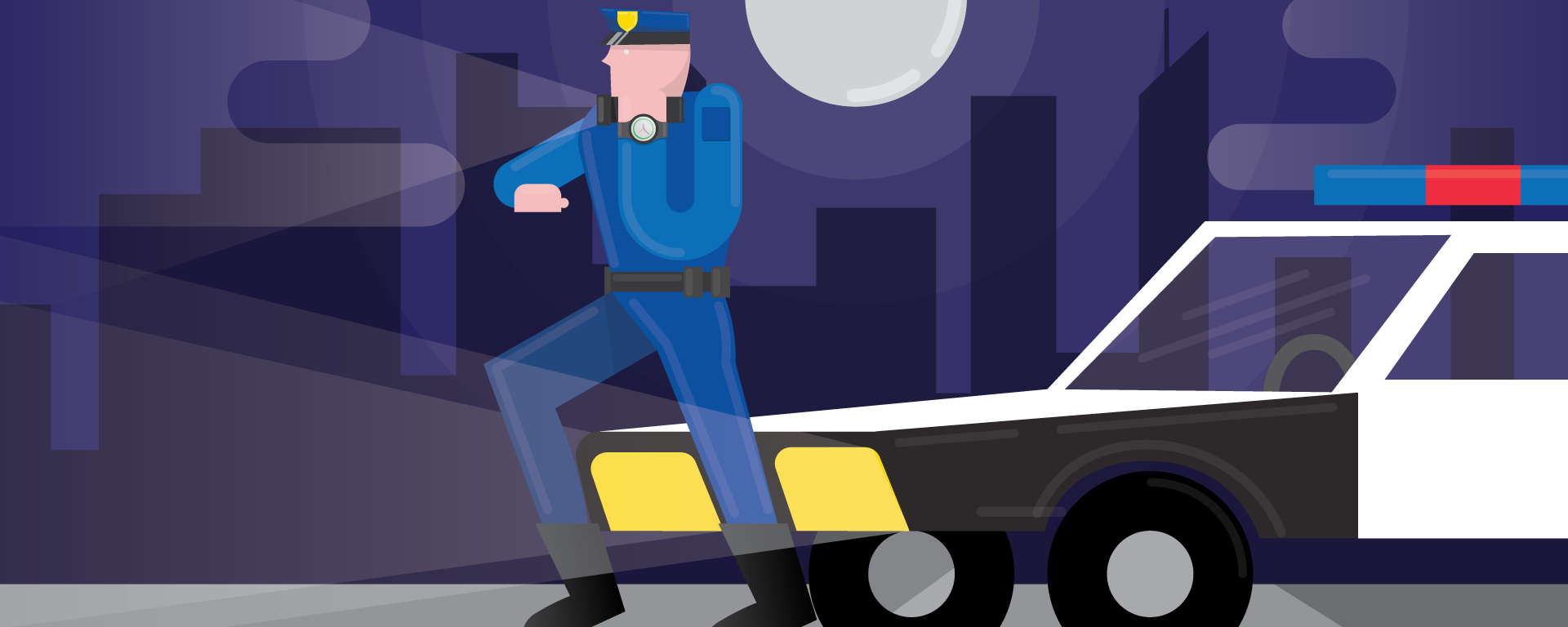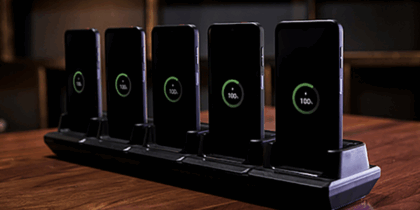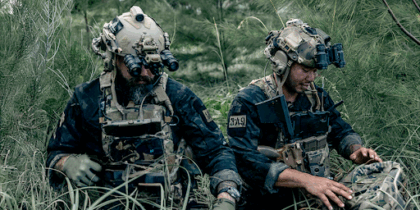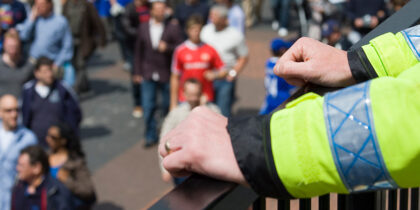The public safety community is hungry for apps. Having seen the way mobile applications boost productivity in practically every business sector, police officers are looking to mobile law enforcement technology to help them take policing to new levels of effectiveness.
But police also need convenience. Already weighed down by equipment, they can’t afford to be encumbered by more hardware. They need to be able to tap into the power of apps without adding to their already heavy tool set. Fortunately, a new generation of wearable technology such as the Gear S line of smartwatches is giving police a practical option, offering the versatility of the apps ecosystem in a convenient form factor.
Role of Wearable Technology in Law Enforcement
To appreciate the need for a wrist-worn capability, consider the equipment load of the modern police officer. The average officer on the beat may wear a bullet-proof vest and carry a duty belt loaded up with a TASER, a two-way radio, a flashlight, handcuffs, a baton and a pistol with 60 rounds of ammunition — a total weight of a whopping 30 pounds. Officers want the benefits of mobile law enforcement technology, but they need it to be delivered in a discreet and easily managed physical format. Wrist-worn devices meet that need.
The federal government recognizes that wearables promise to boost technology adoption for law enforcement, and the Department of Homeland Security has sponsored a major initiative to encourage the development of new wearable technologies. Wrist-worn technologies could play a central role in this evolving ecosystem because of their ability to deliver smartphone-like capabilities in a convenient and compact form.
Benefits of Mobile App Adoption
Mobile apps for the law enforcement community range from data collection apps to productivity apps. Some are information-based, delivering vital reference data to the device wearer. For example, apps like US Cop can help police immediately recall important information, such as the Miranda warning, while in the field. Other reference tools help them translate key ideas and phrases between English and Spanish, allowing them to communicate more effectively in an increasingly multilingual landscape. Vocabulary tools assist with everything from routine traffic stops to more serious situations, such as lost or missing children and domestic disputes.
There are also functional apps designed to help police successfully carry out a range of basic operations. For example, with the Crime Scene Tracker app, police can register evidence such as GPS coordinates and time stamps, and superimpose onto a Google Map information such as case file numbers, project numbers and data about subjects, suspects, victims and witnesses.
First-aid apps, such as First Aid by American Red Cross, include illustrated instructions along with text to deliver step-by-step information for first responders, and pharmaceutical-related apps can assist with pill identification and other medication issues. For crime-fighting on the fly, there are even apps designed to help police officers search through FBI databases, state motor vehicle files, agency records and other vital information, allowing them to make more informed decisions in the field.
Given its compact form factor and the ease with which such devices can be accessed by the user, wrist-worn technology could come to play an especially prominent role in law enforcement technology. Samsung’s latest Gear S models, which run on the Tizen platform, offer a range of capabilities that can be tapped into by application developers and law enforcement organizations, including an accelerometer, heartrate monitor and ambient light sensor. The line up also includes models featuring LTE connectivity, as well as standard Bluetooth and WiFi, so police do not need to tether the device to a mobile phone.
Customization will be key to making wrist-worn technology an effective tool for law enforcement. Samsung has made its Knox Tizen Wearable SDK available to developers to build new apps, while providing customization support to remap hardware keys and settings for targeted use cases.
Despite the limited screen-size of a wrist-worn wearable, the broad range of mobile capabilities, high rate of technology adoption and fast pace of development of new tools shows that law enforcement will soon have access to a wide array of apps to bolster effectiveness and productivity in the field.
Looking to get the most productivity out of wearables in your industry? Stay on task with the powerful combination of TaskWatch and the Samsung Gear S smartwatch.








